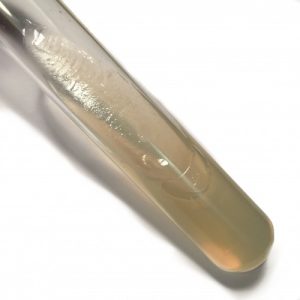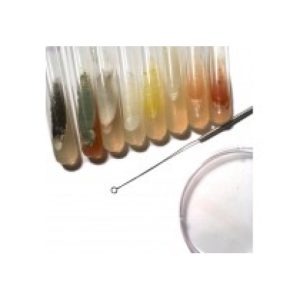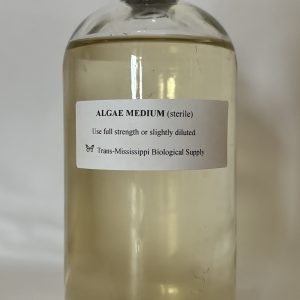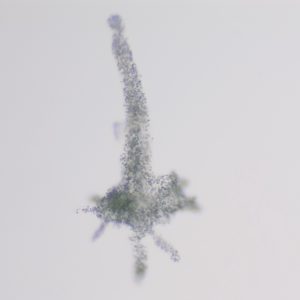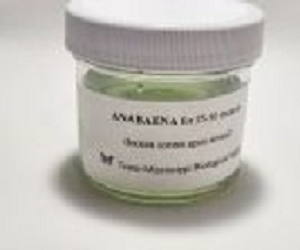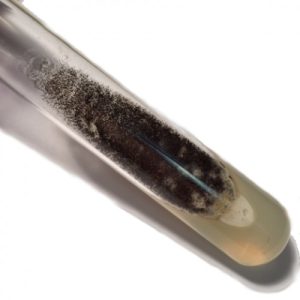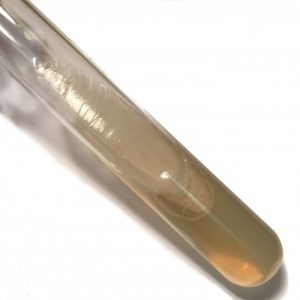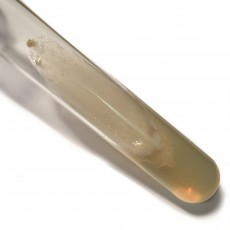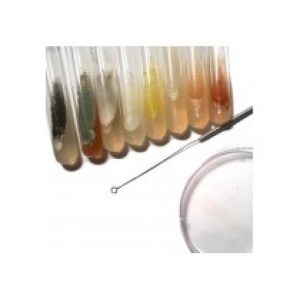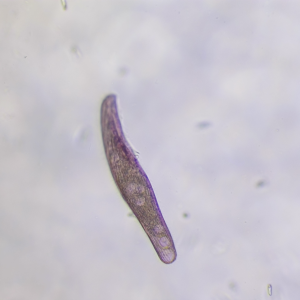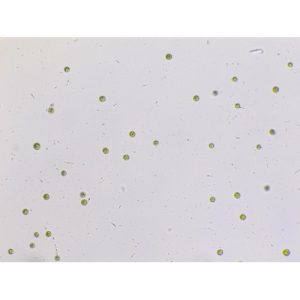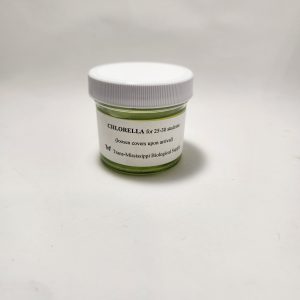Microscopic Organisms
Showing 1–12 of 65 results
-

Aerobacter aerogenes
$14.28 -

Agrobacterium tumefaciens
$14.28 -

Algae Medium
$17.49 -

Amoeba Proteus
Price range: $10.26 through $44.19 -

Anabaena
Price range: $10.26 through $44.19 -

Aspergillus Niger
$14.28 -

Bacillus Cereus
$14.28 -

Bacillus Megatarium
$14.28 -

Bacillus Subtilis
$14.28 -

Blepharisma
Price range: $10.26 through $44.19 -

Chlamydomonas
Price range: $10.26 through $44.19 -

Chlorella
Price range: $10.26 through $44.19

